That expression! Those large brown eyes with that beautiful expression looking up at you! It’s no surprise that Shih Tzu owners have been enthralled by this small ‘Lion Dog’ for a thousand years. Giggles and mischief follow Shih Tzu wherever they go. Shi Tsu (pronounced’sheed-zoo’ or’sheet-su’ in the West;’sher-zer’ in China) are surprisingly solid for dogs their size, weighing between 9 and 16 pounds and standing between 8 and 11 inches. Few dogs are as lovely as a well-groomed Shih Tzu, and the coat, which comes in a variety of hues, is worth the work you will spend on it. For this energetic charmer, being charming is a way of life.
The Shih Tzu is noted for its exceptional fondness for youngsters. As a little dog bred to spend most of their time inside royal palaces, they are excellent pets if you live in an apartment or don’t have a large backyard. Some dogs enjoy digging tunnels and chasing cats, but a Shih Tzu’s idea of fun is sitting in your lap and acting adorable while you attempt to watch TV.

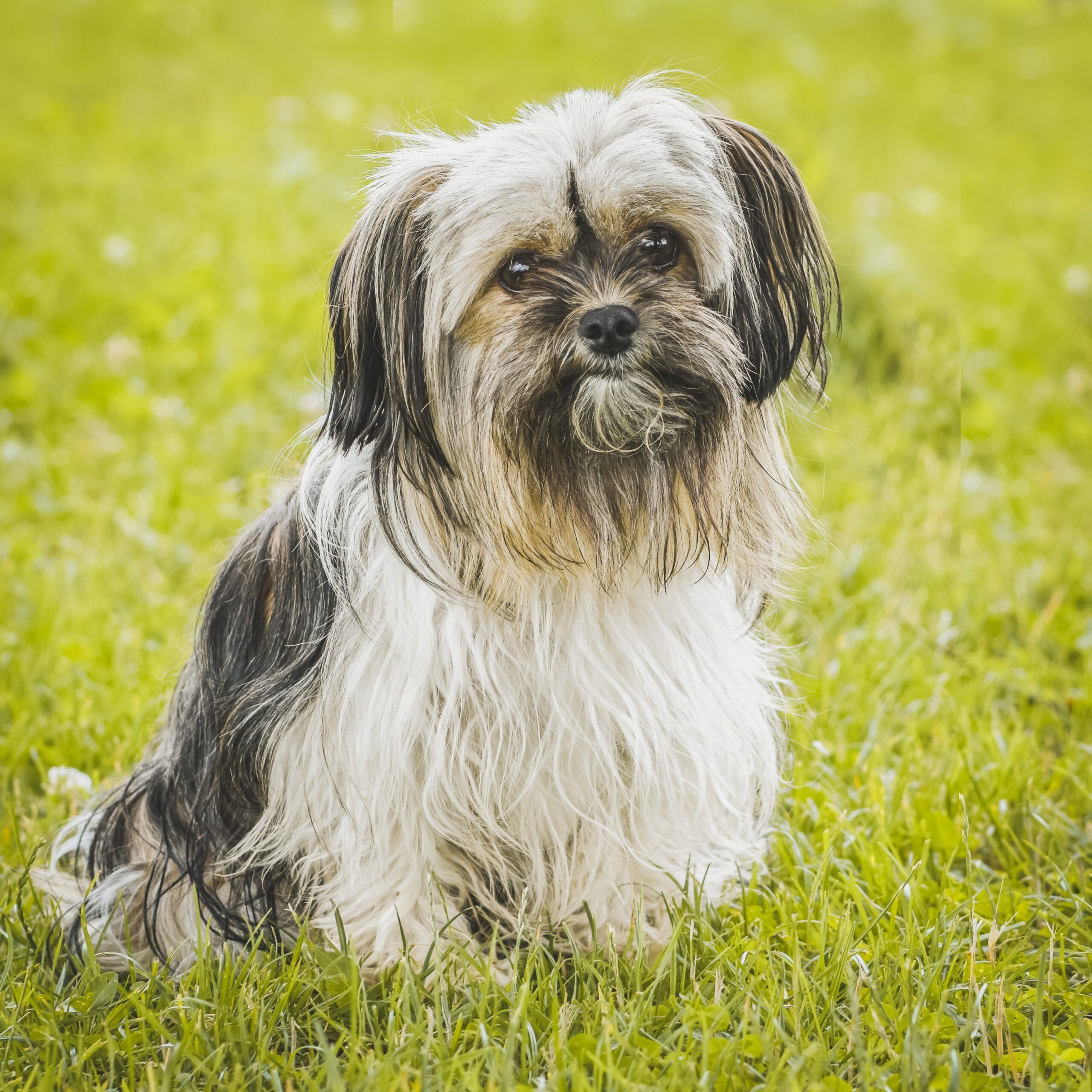
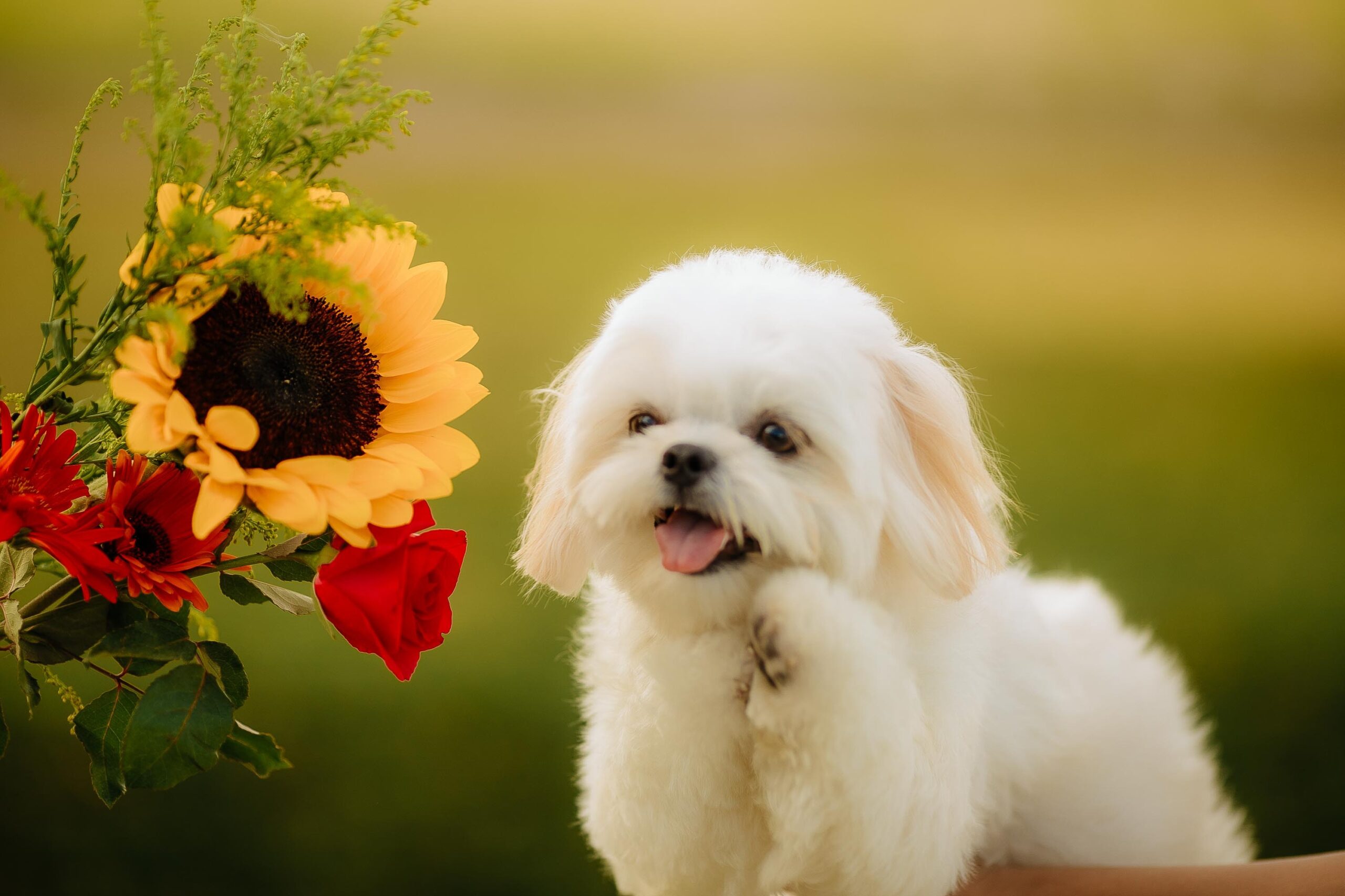
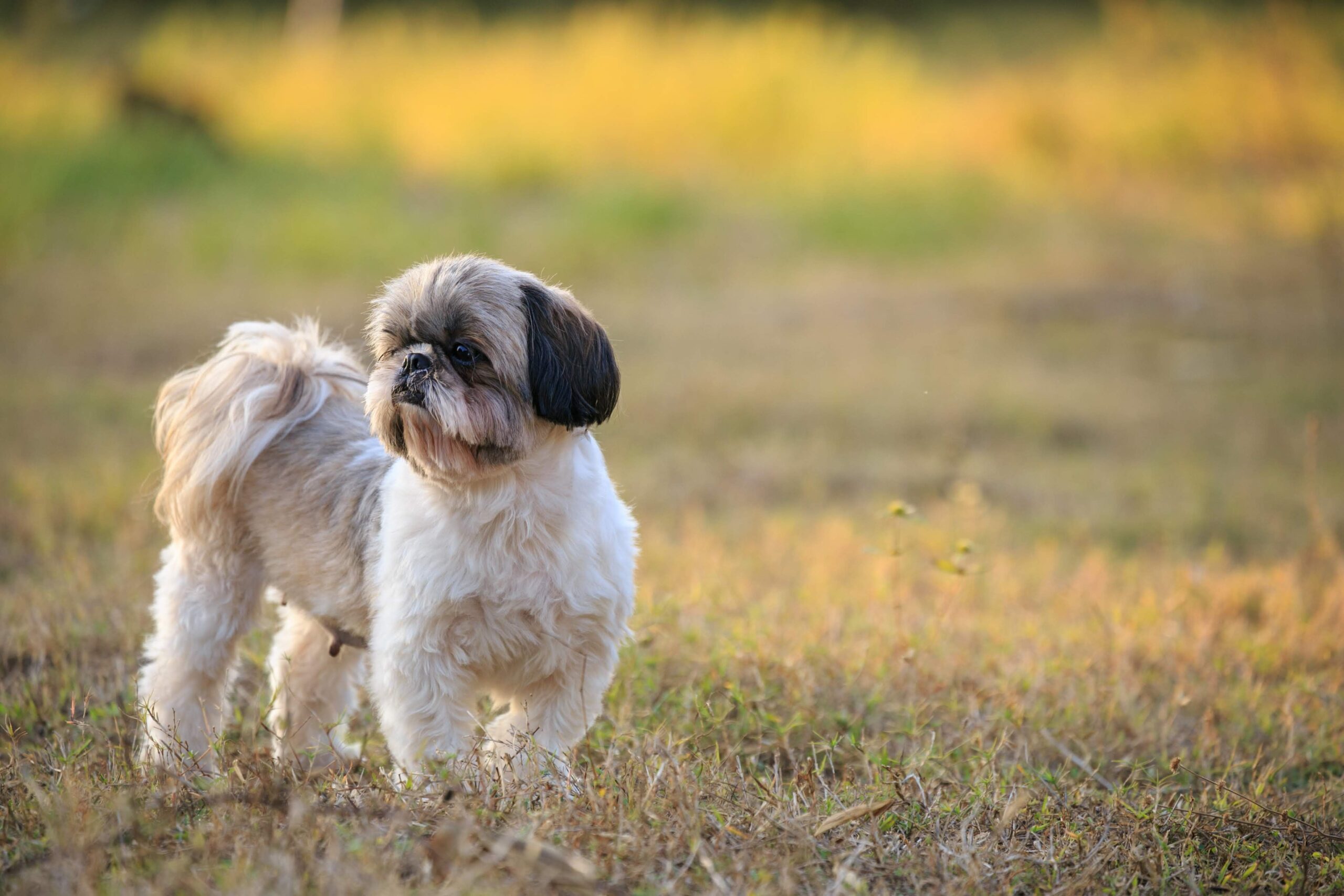
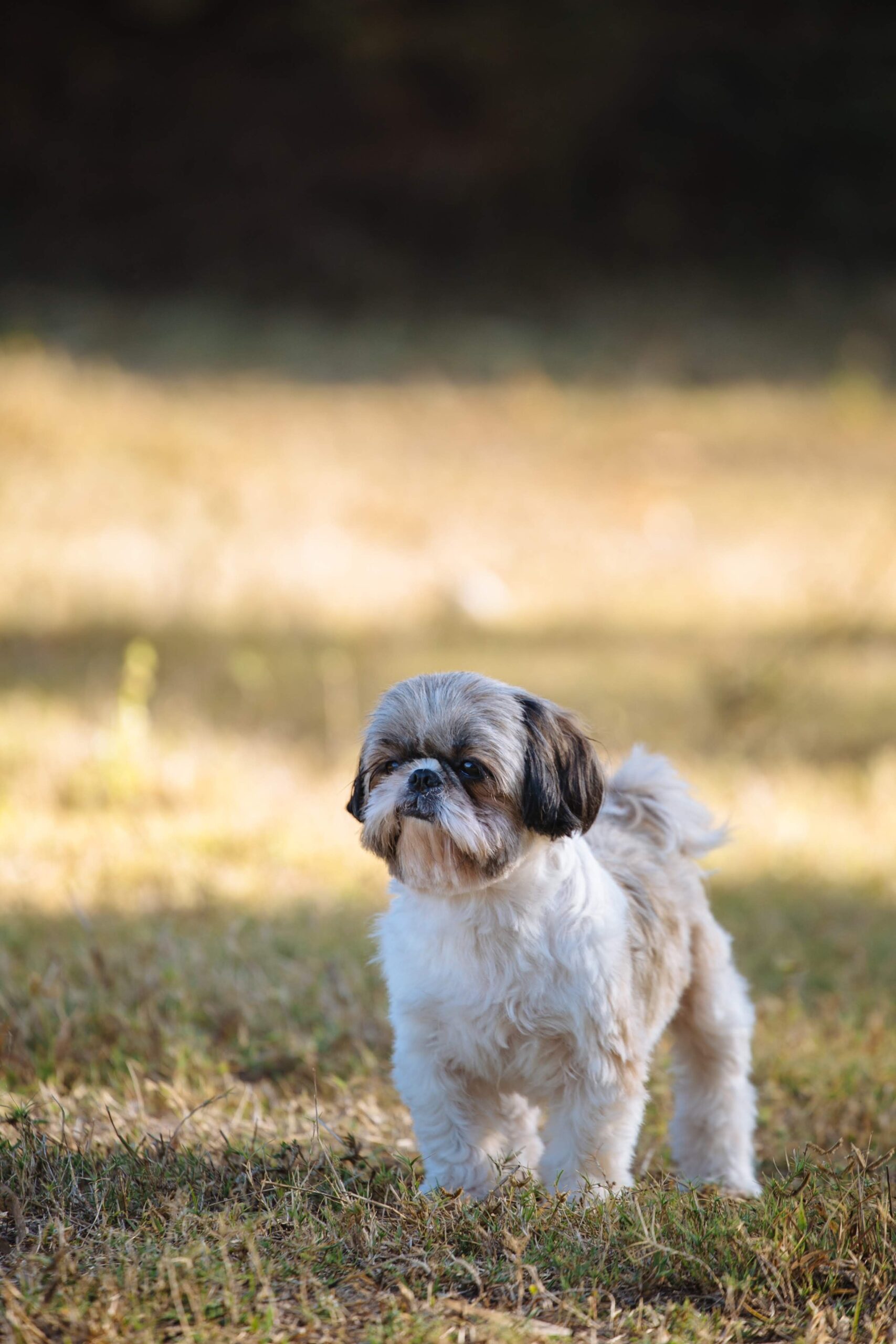
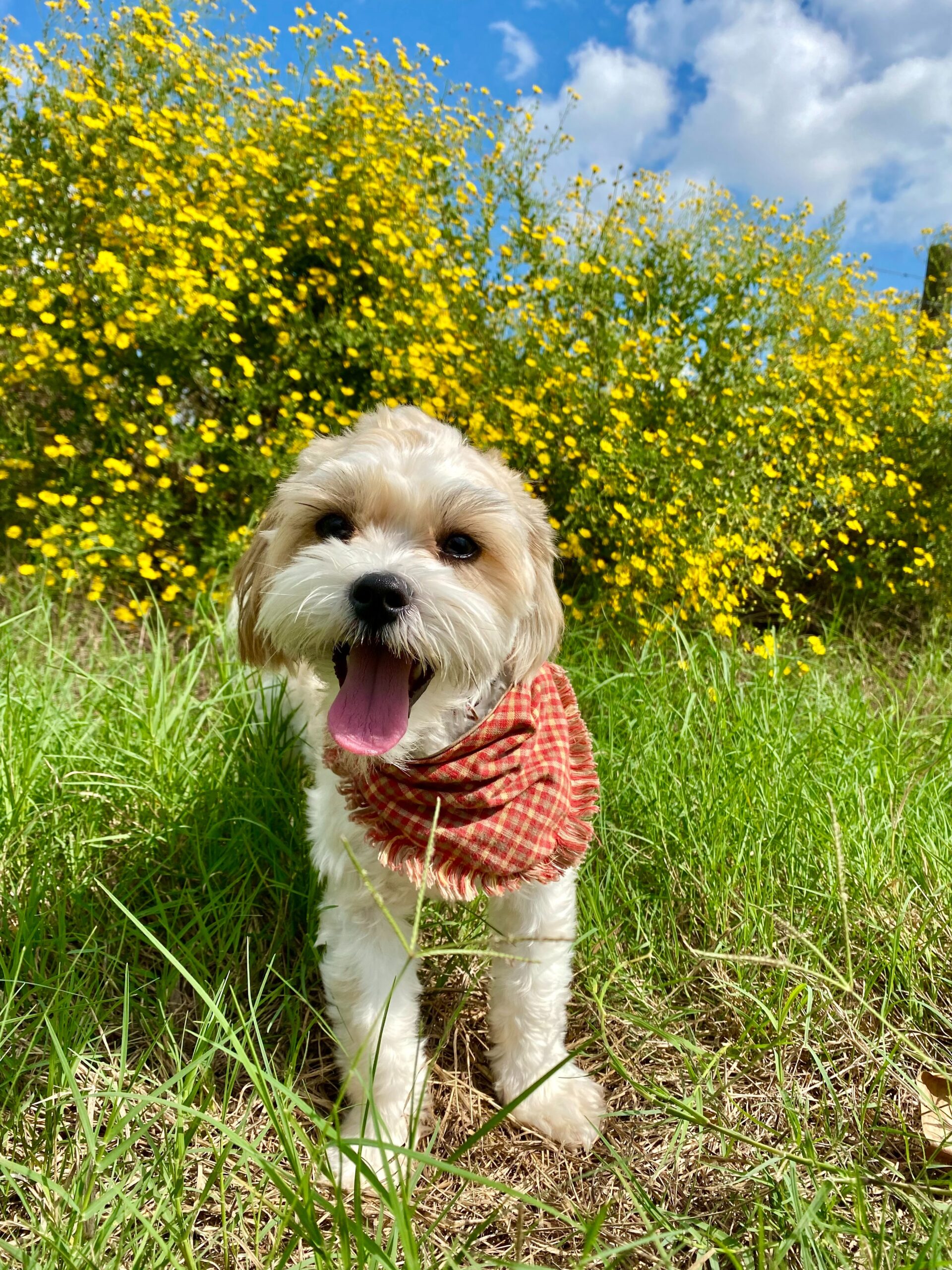




 Health
Health Grooming
Grooming Exercise
Exercise Training
Training Nutrition
Nutrition